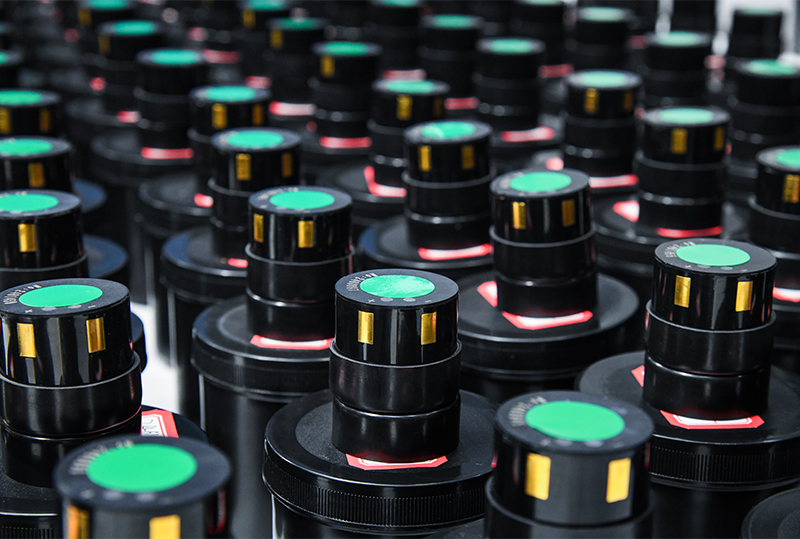December 10, 2024By: MH TECHView: 174

Environmental factors of use
Temperature:
Excessive temperature will have an adverse effect on image intensifier tubes. For example, in a high temperature environment (exceeding the specified operating temperature range, usually over 50°C), the performance of electronic components inside the image intensifier tube may change. The sensitivity of the photocathode may decrease, which will cause its efficiency in converting photons into photoelectrons to decrease, thus affecting the gain and overall performance of the image intensifier tube.
Too low a temperature can also cause problems. In a cold environment (below -20°C), battery performance will decrease, and the power provided to the image intensifier tube may be insufficient. At the same time, some internal materials may become brittle, and structures such as microchannel plates may be physically damaged, affecting their normal electron multiplication function.
Humidity:
High humidity is the enemy of image intensifier tubes. When the humidity is high (relative humidity exceeds 80%), moisture may enter the image intensifier tube. On the one hand, it may corrode electronic components such as photocathodes and electrodes, causing their performance to deteriorate. On the other hand, moisture may form mist or water droplets on the optical surface, interfering with the propagation of light and the emission and multiplication process of electrons, reducing image quality, and in severe cases causing short circuit damage to the image intensifier tube.
Dust and impurities:
If used in a dusty environment, such as a desert or near a construction site, tiny dust particles may enter the image intensifier tube. These dust particles may adhere to the surface of the optical lens, reduce the transmittance, and reduce the light entering the image intensifier tube. More seriously, dust particles may enter the interior through the gaps, affecting the normal operation of electronic components, such as blocking the channels of the microchannel plate, making the electron multiplication process unable to proceed normally.
Usage factors
Power-on time and frequency:
Continuous power-on for a long time will keep the image intensifier tube in a continuous working state, which will accelerate the aging of electronic components. Especially for microchannel plates, long-term electron bombardment may cause performance degradation, such as material loss of the channel wall and reduced electron multiplication factor. Frequent switching operations may also cause a certain impact on the image intensifier tube. The current impact at each power-on may damage the internal electronic components, such as the filament.
Brightness adjustment and overload use:
Improper brightness adjustment may affect the service life of the image intensifier tube. If the brightness is adjusted too high, exceeding the normal operating range, the photocathode and microchannel plate and other components will be subjected to excessive electron flow, accelerating their aging. In addition, when used in a strong light environment (such as directly facing a strong light source, such as the sun or a strong searchlight), the image intensifier tube may be overloaded. The large number of photons generated by the strong light will cause the photocathode and subsequent electron multiplication system to exceed their tolerance, resulting in component damage.
Maintenance factors
Cleaning:
Regular cleaning of the optical surface of the image intensifier tube is essential for its service life. If the optical surface accumulates dirt, fingerprints and other impurities for a long time, the light transmittance will be reduced, resulting in less light entering. At the same time, the chemicals in these impurities may corrode the optical coating and affect the optical performance. Moreover, improper cleaning methods, such as using rough materials to wipe the optical surface, may scratch the surface and destroy the optical flatness, which in turn affects the image quality and the service life of the intensifier tube.
Storage conditions:
Correct storage conditions can extend the life of the image intensifier tube. It should be stored in a dry, cool, well-ventilated environment, away from direct sunlight. If the storage environment temperature and humidity are not well controlled, it will cause the inside of the image intensifier tube to become damp or overheated, accelerating the aging of the components. In addition, mechanical vibration and collision should be avoided during storage to prevent internal components from shifting or being damaged.